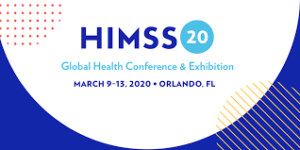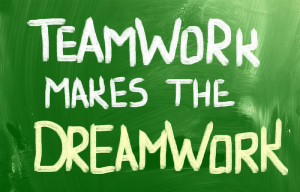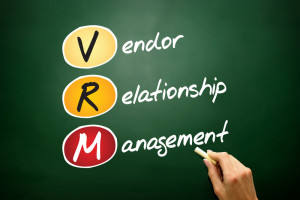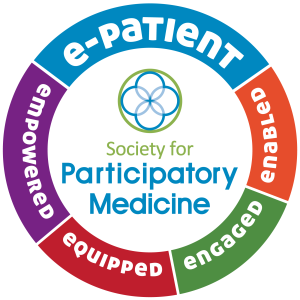I know that “see one, do one, teach one” is common in the training of medical professionals. But until I googled it, I didn’t realize it was a known method with an acronym – SODOTO.
With our new implementation of Salesforce at StarBridge Advisors, I am in the SODOTO mode. We are a small team. We recently hired a consultant to help us get it configured and designed the way we need it. My mantra as I worked with the consultant was KISS – keep it simple.
We are in the training, practice, and start to use it everyday phase. While we have a ways to go on data cleanup from our previous version, the new system is in production.
I’ve watched several short videos on how to create lists, reports and dashboards – literally “see one”. Then I made time to set up a few of each before I forgot what I’d just learned – the “do one” part. I think that would be considered “just in time” learning. I will show my colleagues how to do the same encouraging them to watch the videos as well – the “teach one” part. I still need to watch some videos on key features we may want to use so I can advise our team and make decisions together as we optimize the system.
Granted, our system is very small scale compared to the major EHR and ERP implementations I’ve overseen at many healthcare organizations. But here are my key takeaways applicable to any new system implementation:
- Out of the box – Another way of saying don’t customize unless you really can’t work with the standard system.
- Decision making – Key stakeholders need to be part of design decisions to ensure all use cases and workflows are identified and there is buy-in and adoption once the system is up and running.
- Minimum data fields – Between what is available “out of the box” and custom fields you might think you need, be cautious. You can always add something later if you need it.
- Workflow – Consider all your common use cases and basic workflows to design a simple, streamlined system that meets your unique needs.
- Reports and dashboards – Data fields and workflows are too often the primary focus, but you need to be able to get the data out of the system in a usable format.
- Adoption and consistent use – With any new system, all users need to understand what’s expected of them.
Major system implementations typically have optimization phases post go live. As much as the project team tries to account for everything, there are always changes requested once users start to actually use the system. It’s fair to say that I’ll be working with our own small-scale optimization phase of Salesforce in the next few weeks.
Related post:









